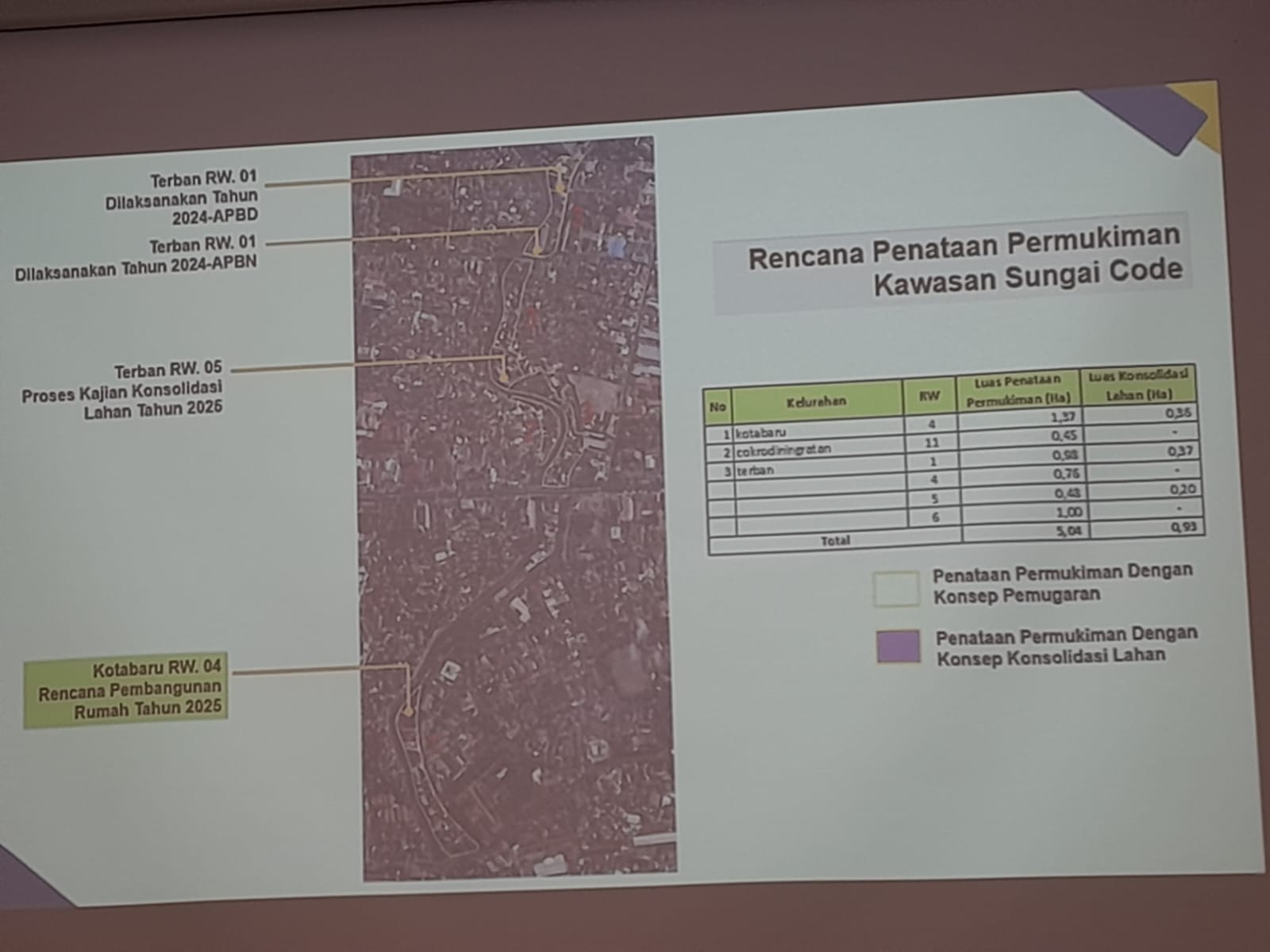The Urban and Regional Planning Program (PWK) at Universitas Gadjah Mada is collaborating with the Yogyakarta City Government’s Department (Dinas Pekerjaan Umum, Perumahan, dan Kawasan Permukiman) to revitalize the area surrounding the Code river (as known as Kali Code). This initiative is part of the 2025/2026 odd-semester Urban Planning Studio, engaging students as emerging planners to envision the future of one of the city’s most iconic areas.
The collaboration offers strategic benefits for both sides: the city government gains support in preparing an integrated, research-based master plan, while UGM’s academic community, especially PWK students, has the opportunity to learn directly from a real-world case. Students will be involved in stakeholder engagement, enabling them to address on-site issues while testing their technical and social planning skills.
The revitalization aims not only to improve the physical environment but also to transform the image of Kali Code into a more welcoming, well-organized, and aesthetically appealing riverfront, akin to those in developed countries such as the Netherlands. The project is envisioned as a best practice in riverbank revitalization that could be replicated in other regions. Beyond producing a physical master plan, the initiative will also address the area’s social and economic conditions.
To date, three coordination meetings have been held between UGM and PUPKP. During the implementation phase, a series of Focus Group Discussions (FGDs) will be conducted, involving representatives from UGM, the local government, and residents living along the Kali Code. This participatory approach is expected to ensure that the proposed designs are not only visually appealing but also responsive to the community’s real needs.
The collaboration aligns closely with the Sustainable Development Goals (SDGs). In relation to SDG 6: Clean Water and Sanitation, the project supports improvements in water quality, pollution control, and adequate sanitation infrastructure. Regarding SDG 11: Sustainable Cities and Communities, it contributes to creating an inclusive, safe, resilient, and sustainable urban environment, particularly for riverbank communities. The participatory process, involving residents in FGDs, reinforces SDG 16: Peace, Justice, and Strong Institutions by fostering collaborative governance between government, academia, and the community. Furthermore, by integrating environmentally conscious design principles, the initiative advances SDG 13: Climate Action through flood risk adaptation, mitigation strategies, and the enhancement of green open spaces. In this way, the revitalization of Kali Code is set to deliver not only visual improvements but also meaningful social, environmental, and economic benefits: helping Yogyakarta move towards becoming a healthier, more sustainable, and more competitive city.
Reported by Rindi Dwi Cahyati



